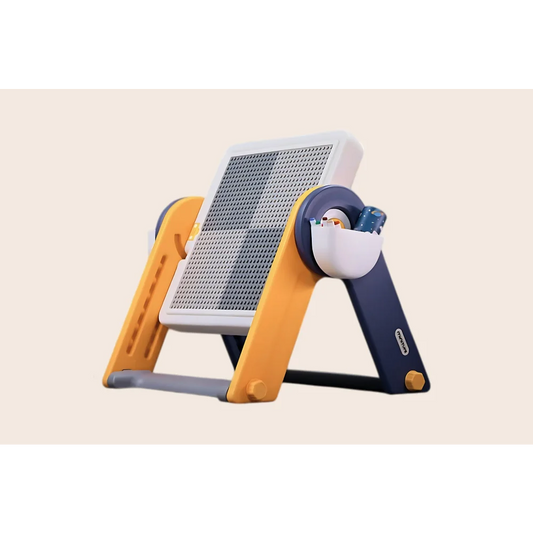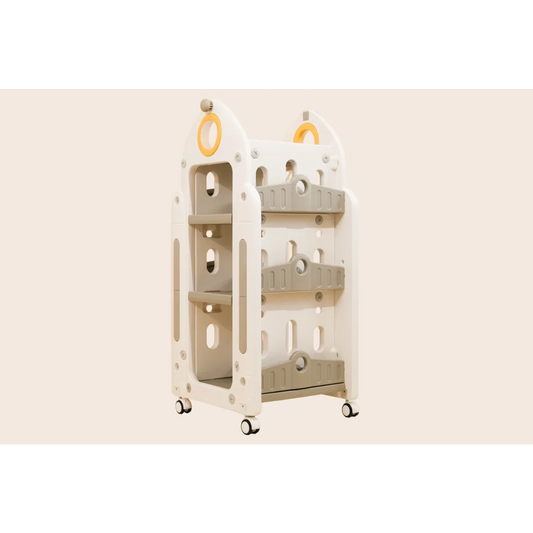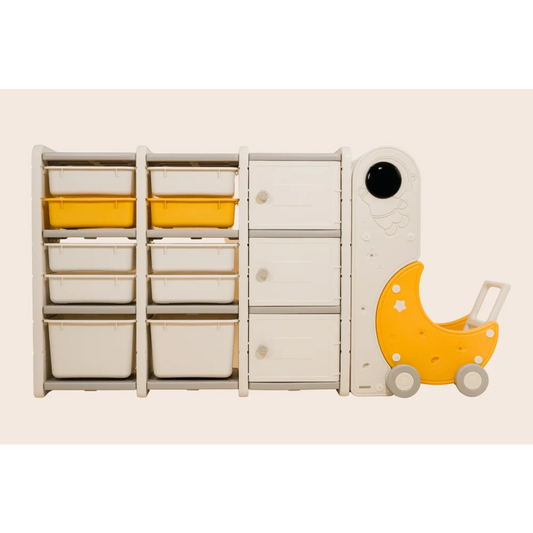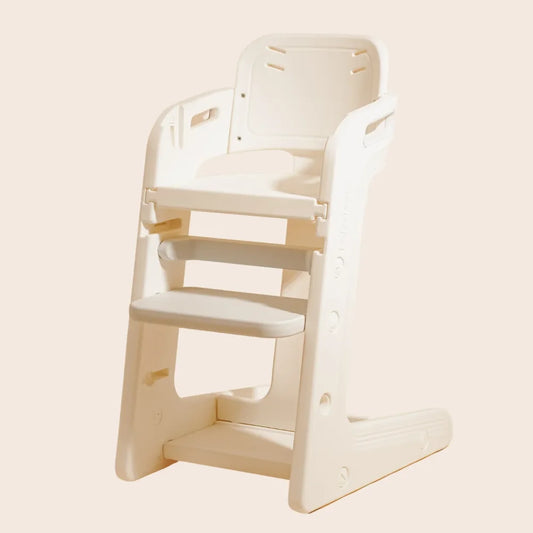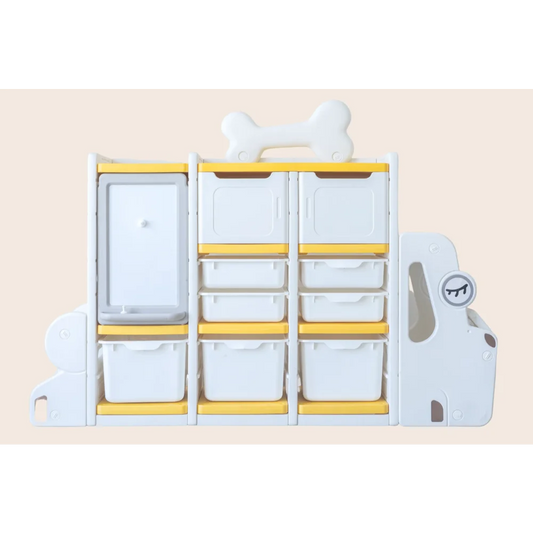

How to set up an inviting playspace that encourages children to play independently
We've all been there trying to squeeze in a work call, make dinner, or enjoy five minutes of peace while our little one clings to our leg, begging for attention. If only they would get lost in play!
Well, the good news is creating an inviting play space with play based furniture that encourages independent play is not as complicated as it seems.
Studies show that independent play fosters creativity, problem-solving skills, and emotional resilience.
Research from the American Academy of Pediatrics suggests that unstructured playtime is crucial for a child's cognitive and social development. But here's the real challenge: how do we design a play space that invites kids to engage without constant parental intervention?
Let's break it down into simple, actionable steps.
Keep It Simple and Uncluttered
Less is more when it comes to a play space. Too many toys can be overwhelming, making it harder for kids to settle in and play.
Have you ever noticed how they sometimes dump everything out and then walk away? That's their way of saying, "Too many choices, I'm out!"
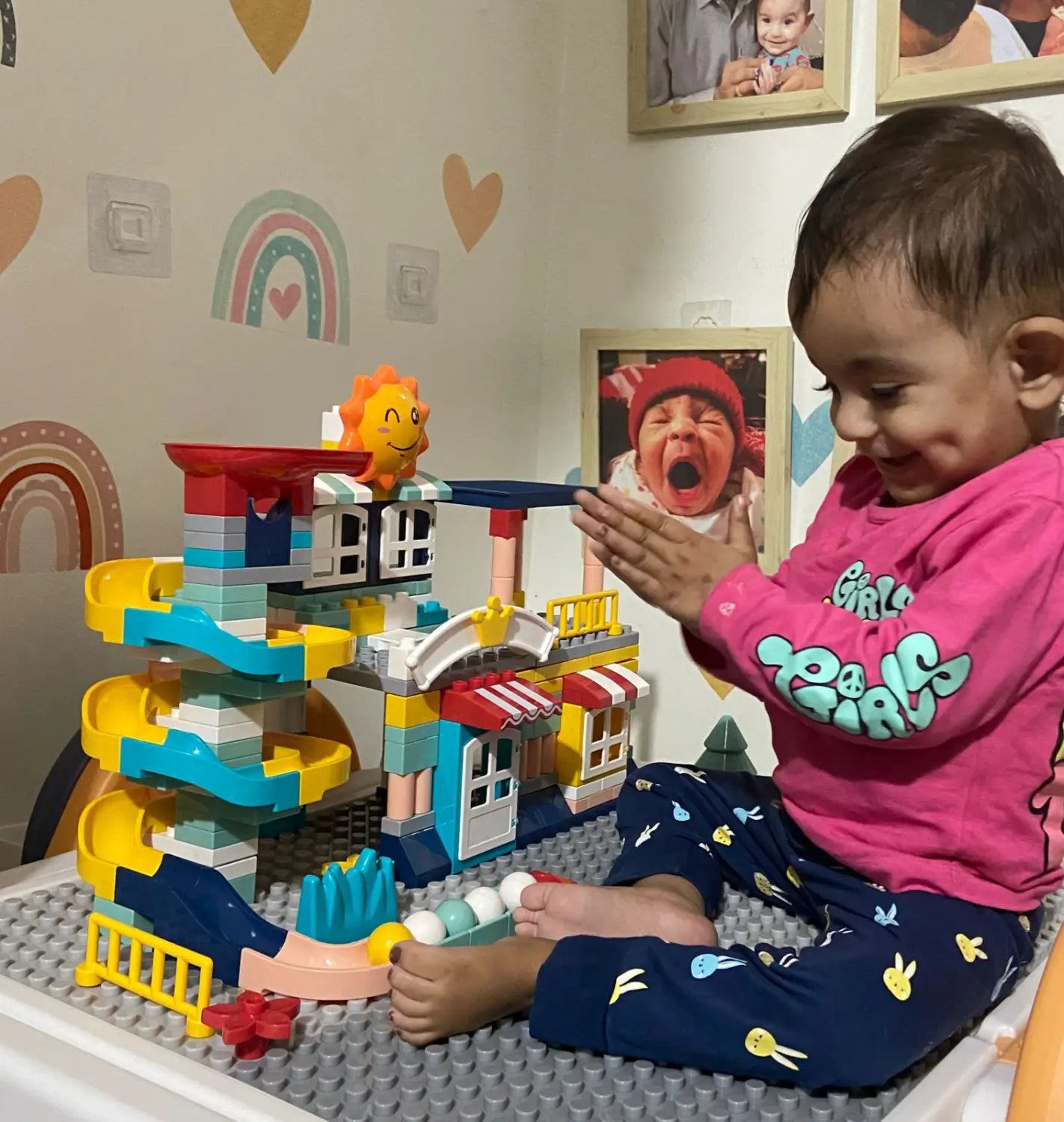

A great trick is to rotate their toys. Instead of having everything out all at once, offer just a few options at a time and swap them out every couple of weeks. Kids engage more when they have fewer toys in front of them.
Make Everything Accessible
If any play requires adult help to set up, it does not promote independent play. Use low shelves, labeled bins, kids furniture and open baskets so your child can grab what they need without frustration.
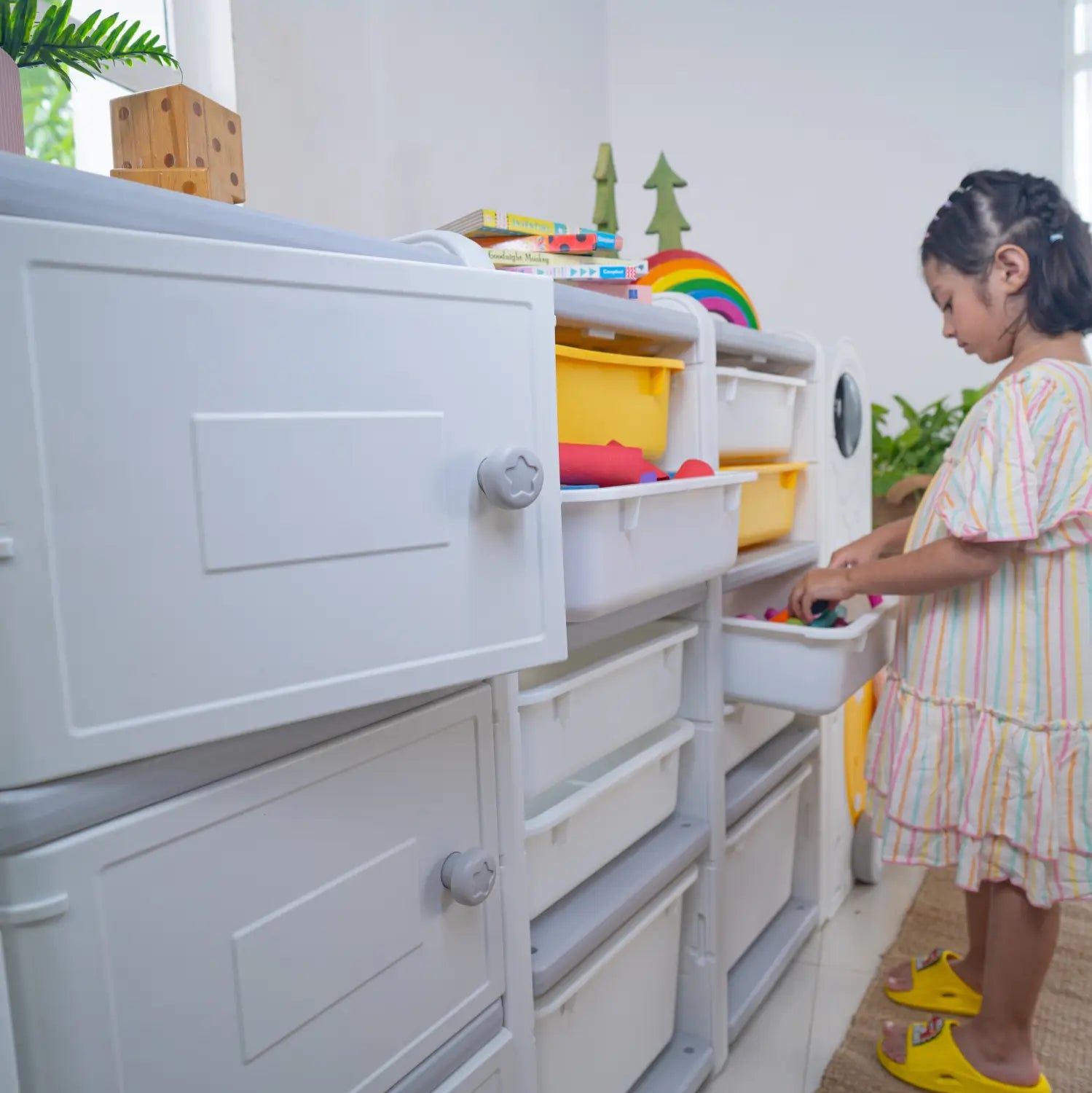

Montessori principles emphasize child-led learning and one of their core ideas is that kids should have easy access to their materials.
Pro Tip: Try using picture labels on the organizer for younger kids who can't read yet. It helps them know where things go and fosters independence.
Create Defined Zones
Think of your child's play area as a mini classroom. It should have a cozy reading nook with soft pillows and colorful books, a building zone with blocks, an imaginative play area with sensory play products, art and craft supplies, sensory bins, etc.
Each zone should be clearly defined yet flexible enough to encourage open-ended play.
Incorporate Nature & Sensory Elements
Bringing in natural elements like a small indoor plant, a basket of pinecones, or a sensory bin filled with rice or pasta can add an element of curiosity and calm to a play space.


Research suggests sensory play enhances fine motor skills, cognitive development, and emotional regulation.
DIY Idea: Setting up sensory bins doesn't have to be a big project! In just 10 minutes, you can whip up a simple sensory base—like a mix of chia seeds, water, and cornflour—and you're ready.
No fancy tools are needed! Everyday items like bowls, tongs, scoopers, or spoons work just as well.
Toddlers aren't worried about a picture-perfect setup—they're all about the textures! Just toss in some animal figurines or let them dive in with their hands. The real fun comes from digging, squishing, and discovering new sensations!


If you want more DIY ideas about sensory play, Miniverse By Miniture is here to helpMiniverse By Miniture is here to guide you!
Choose Open-Ended Toys
Go for toys and activities that spark your child's imagination—think building blocks, dress-up clothes, art supplies, dolls, dollhouses, and sensory bins.
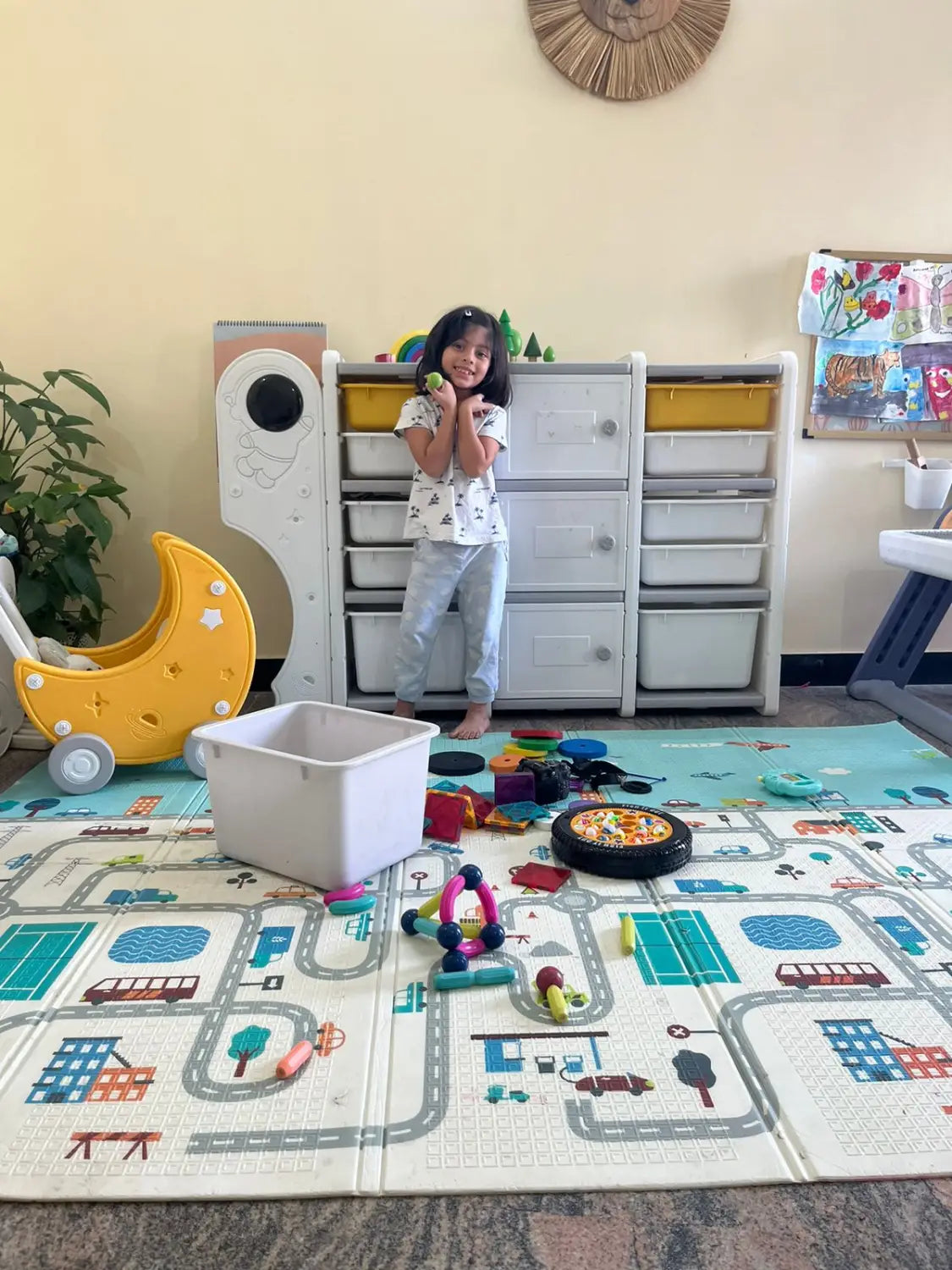

These open-ended options let kids get creative without strict rules, meaning less need for adult help and more time to stay engaged and explore independently!
Final Thoughts
A well-designed play space is more than just a room filled with toys that invite curiosity, creativity, and independence.
By keeping things simple, accessible, and engaging, you'll encourage independent play and foster skills that will benefit your child for years.
Now, we'd love to hear from you! What's one thing you've done to make your child's play area more engaging? Share your thoughts in the comments!
Happy playing!
